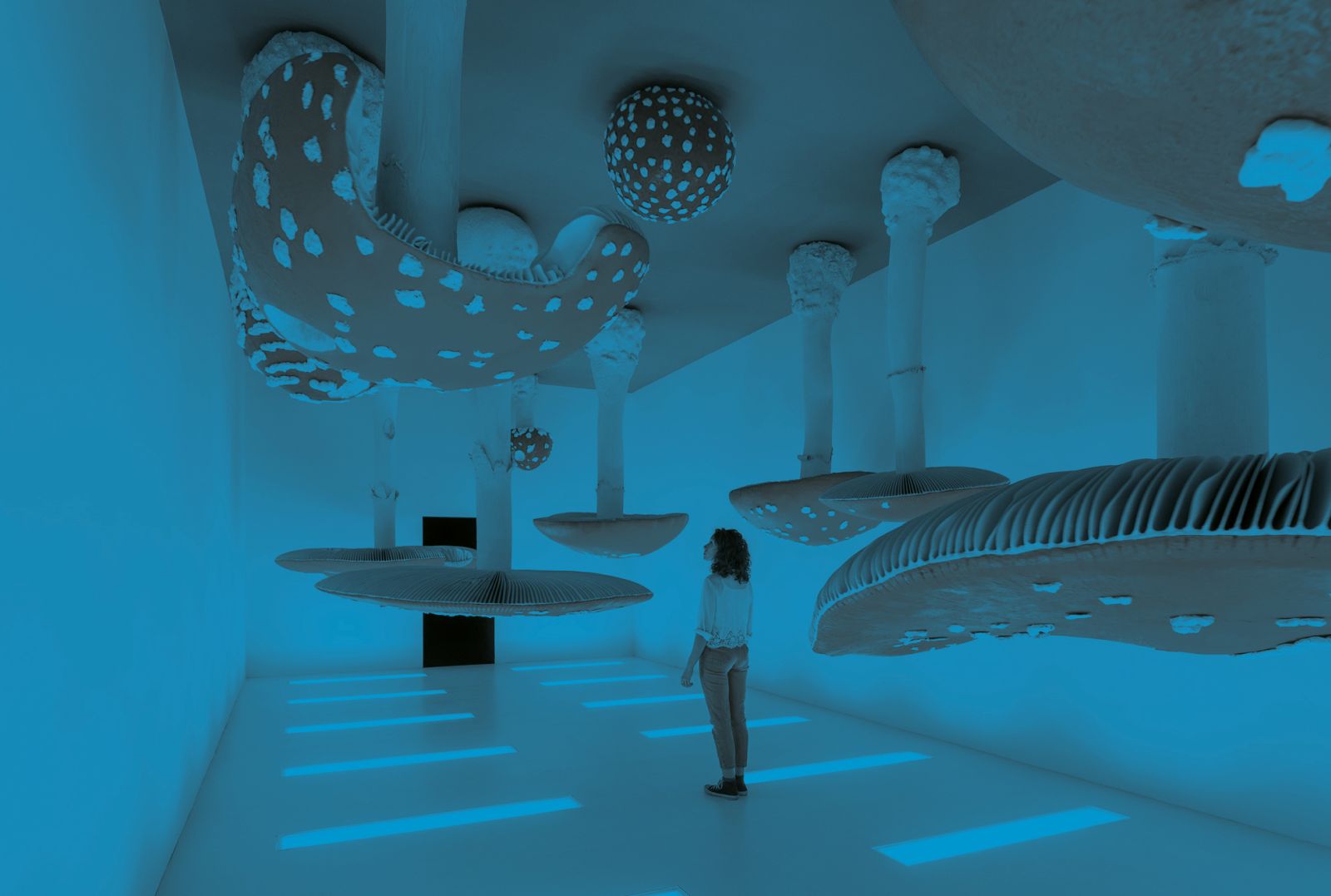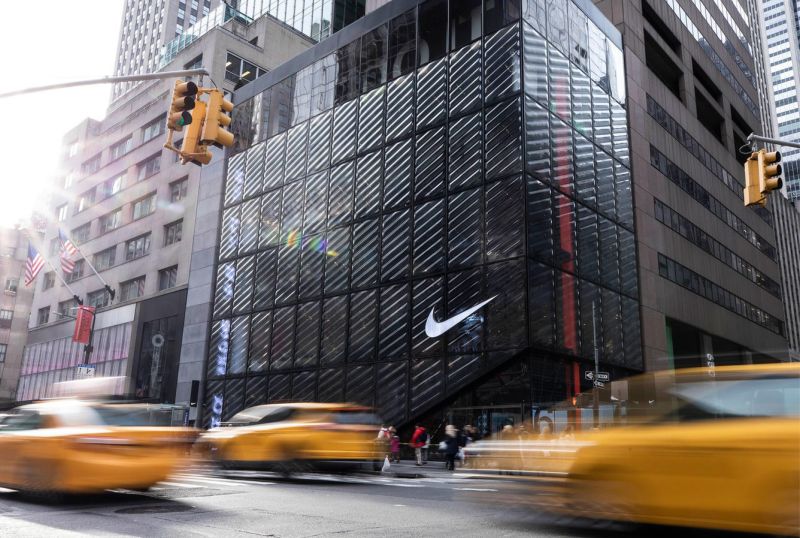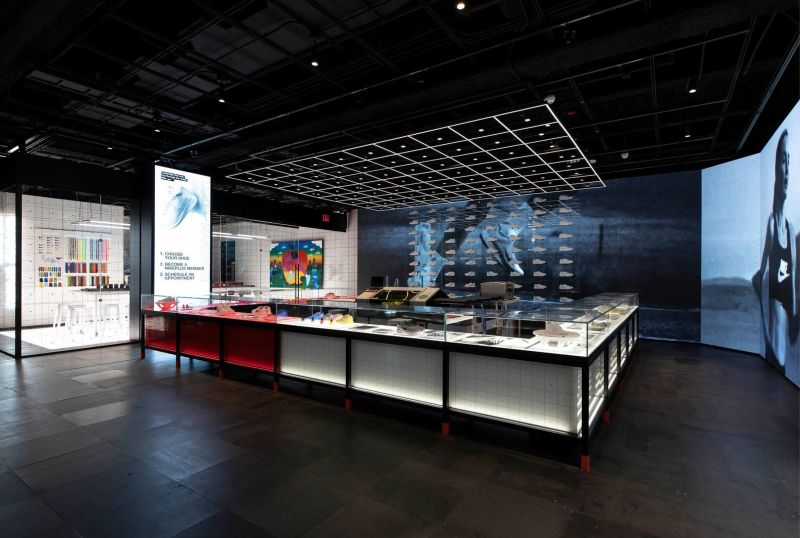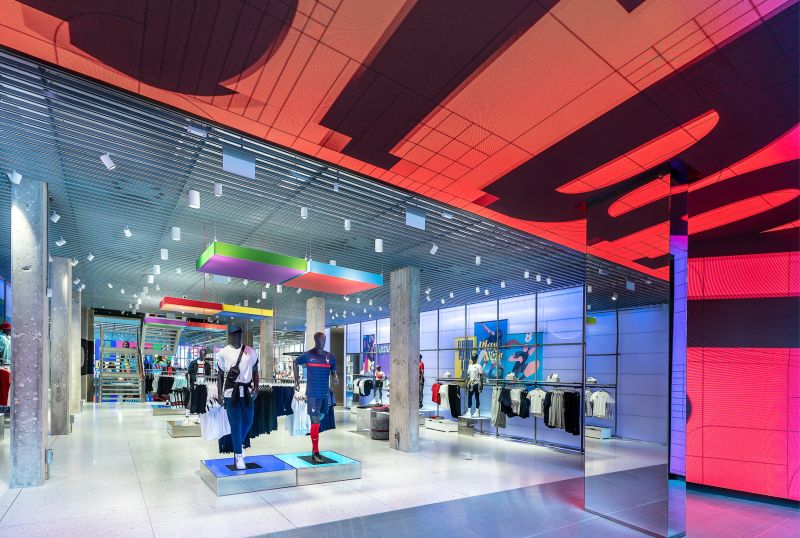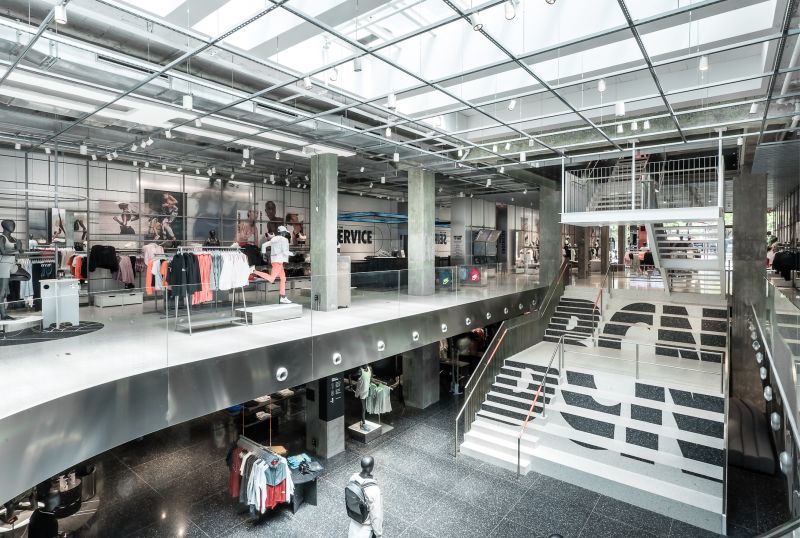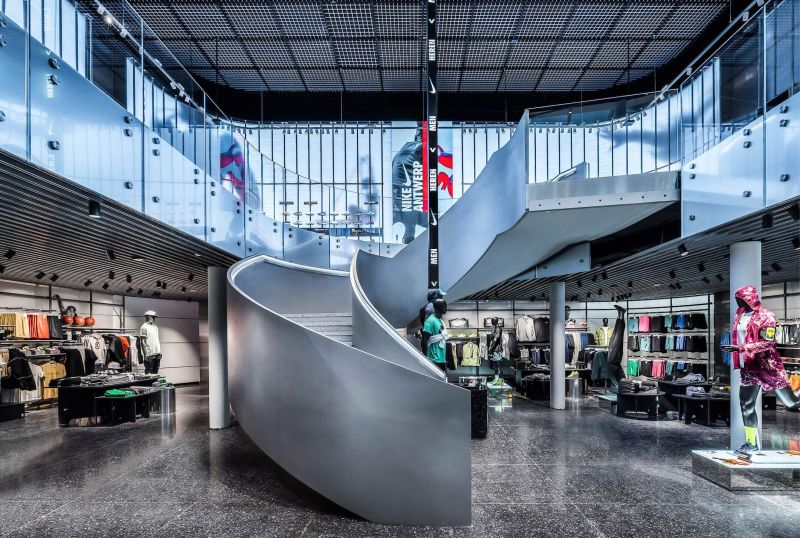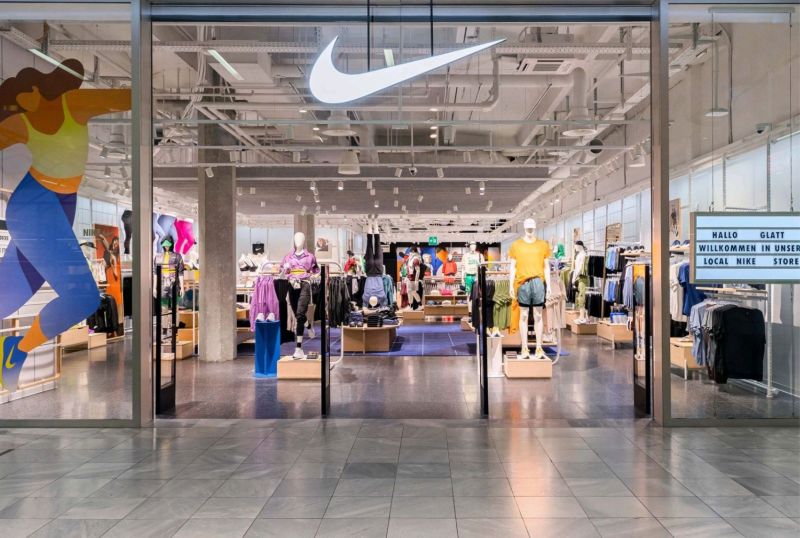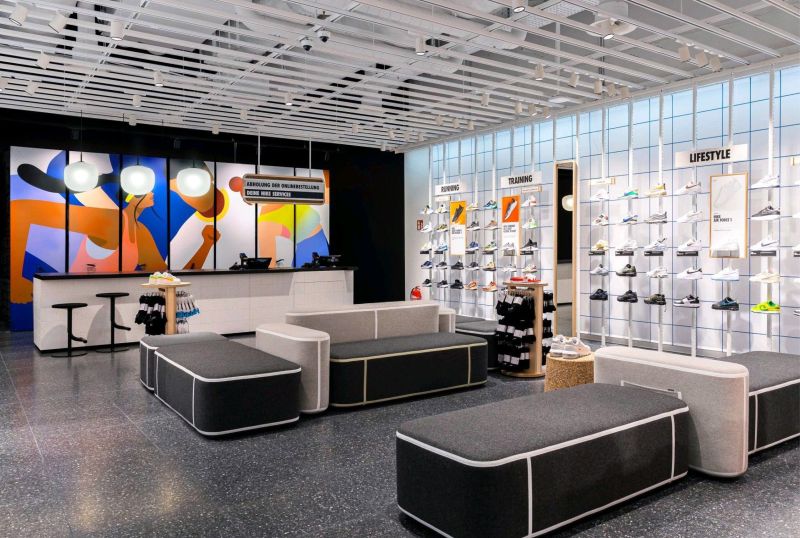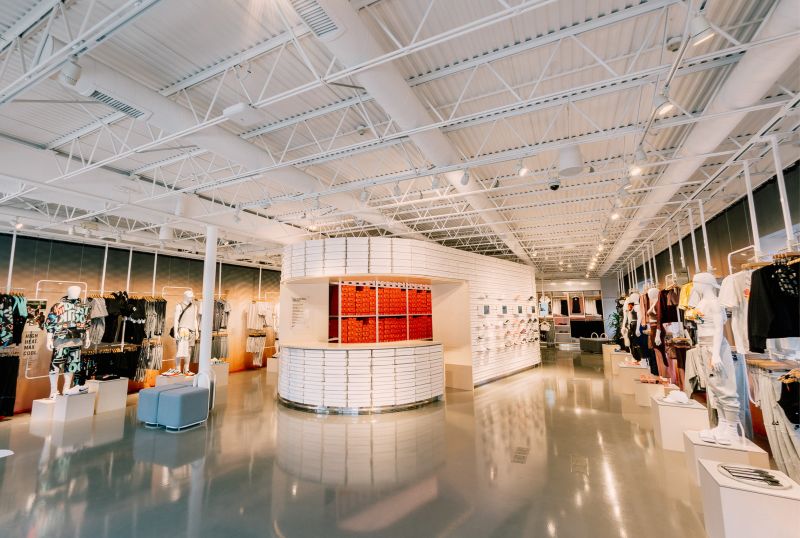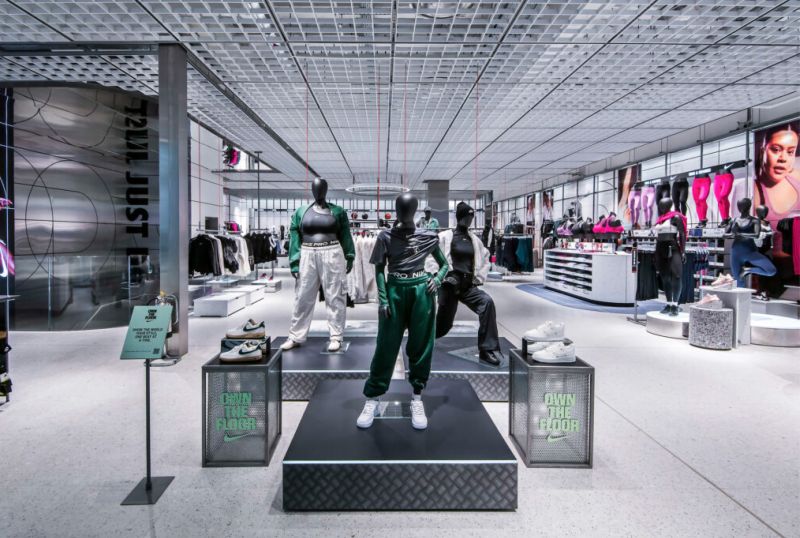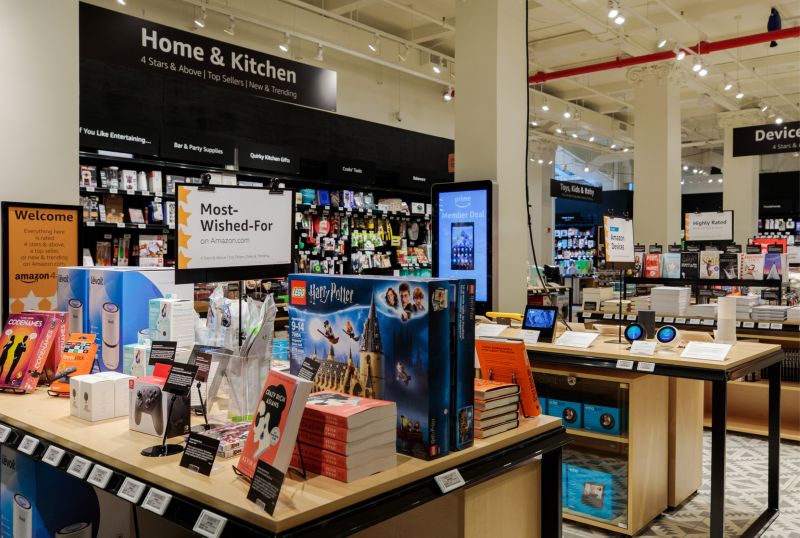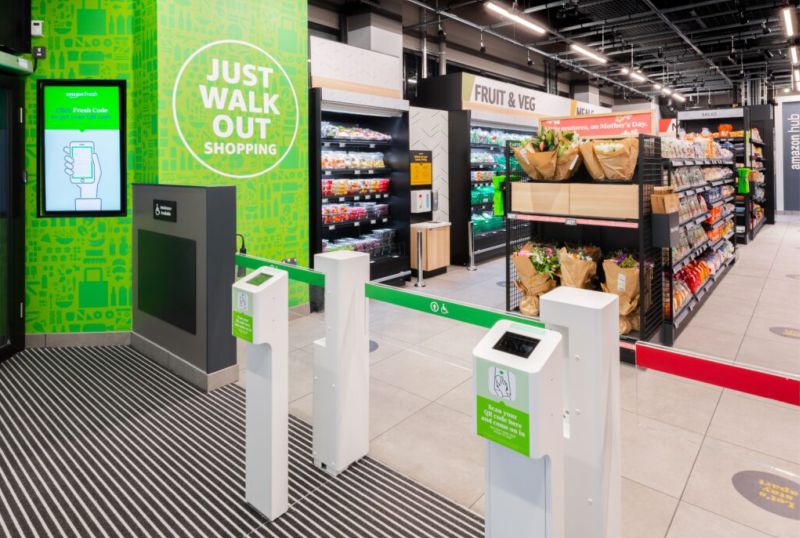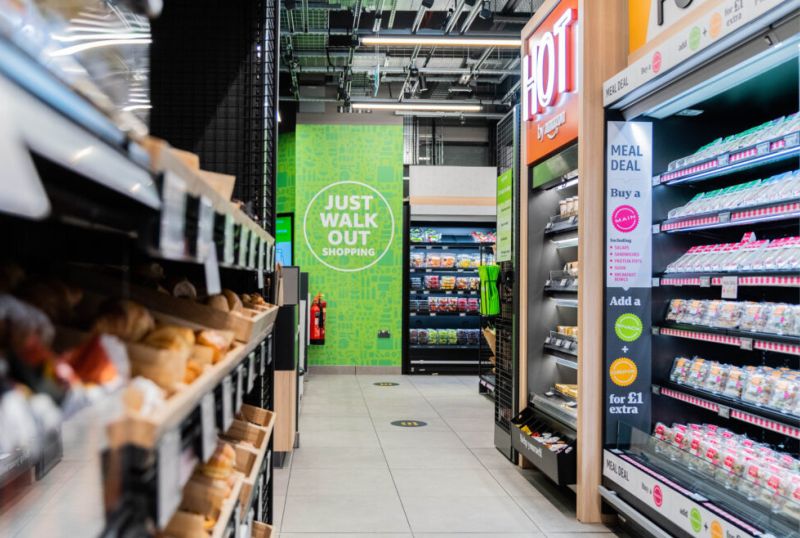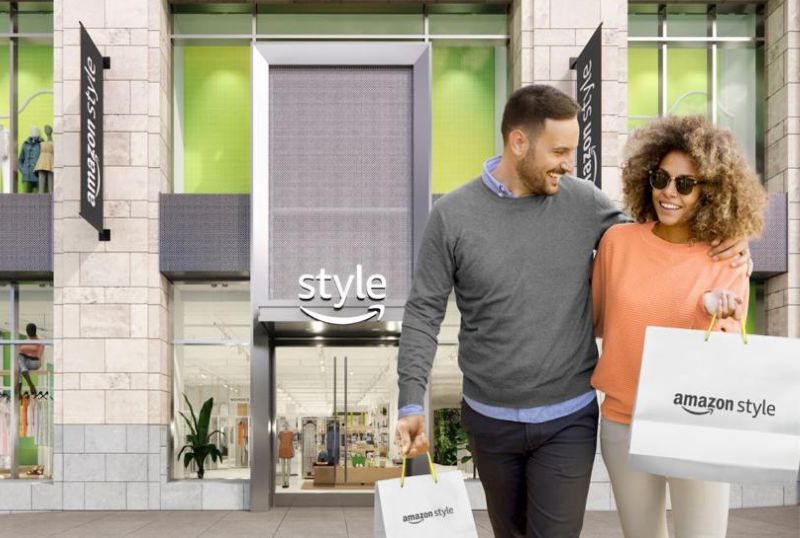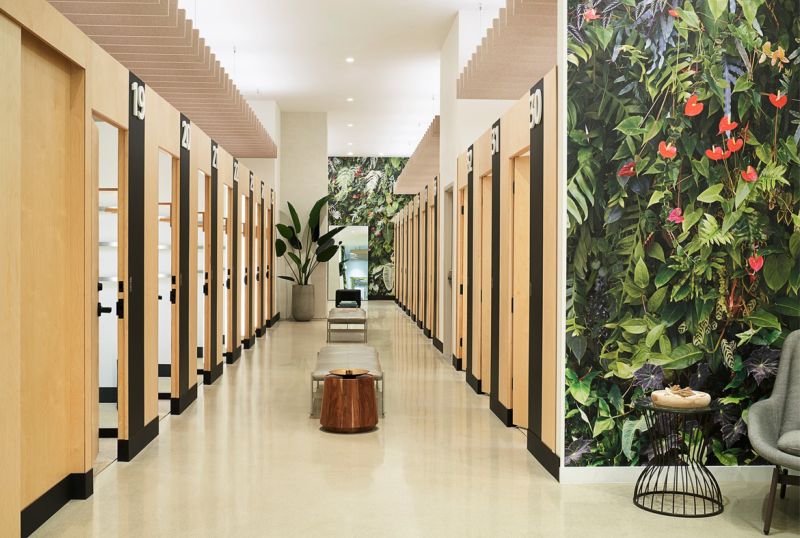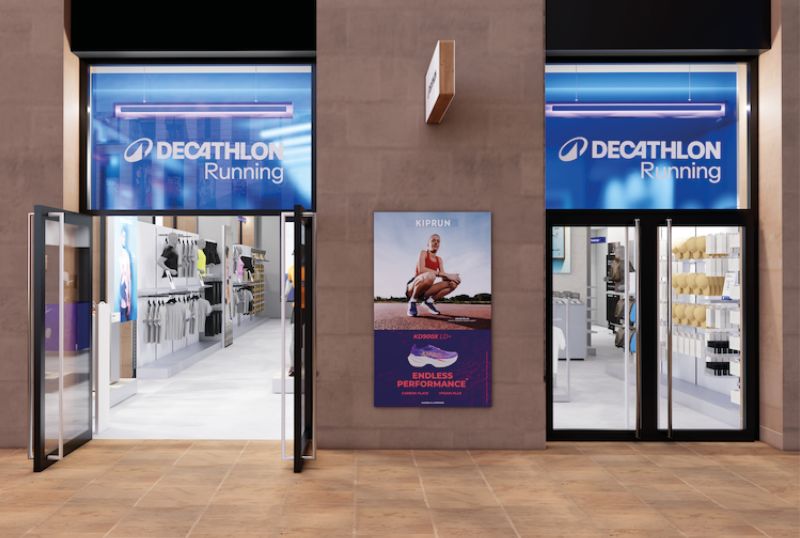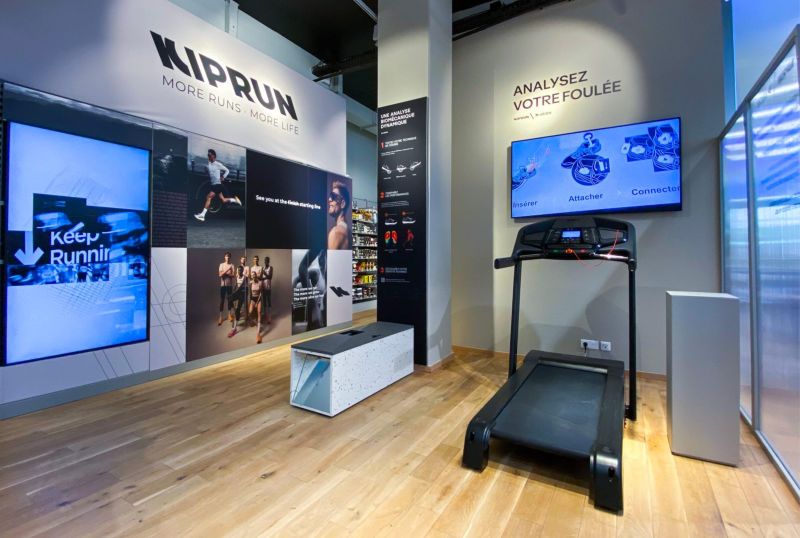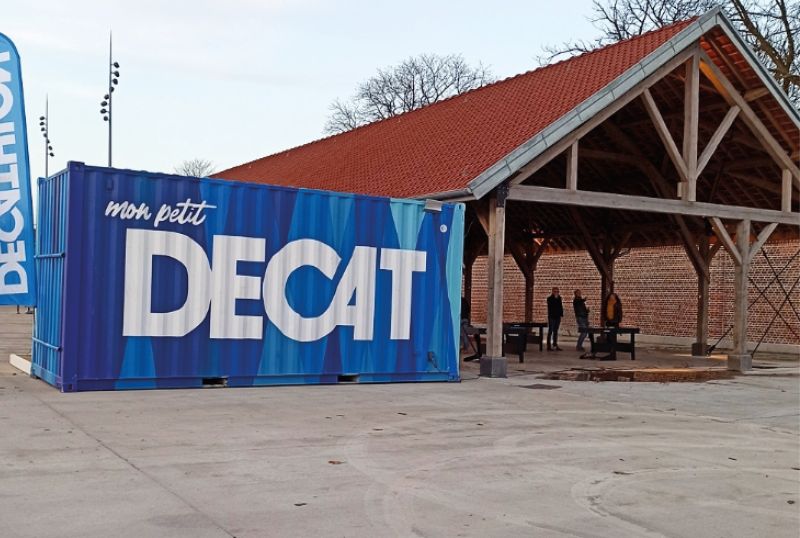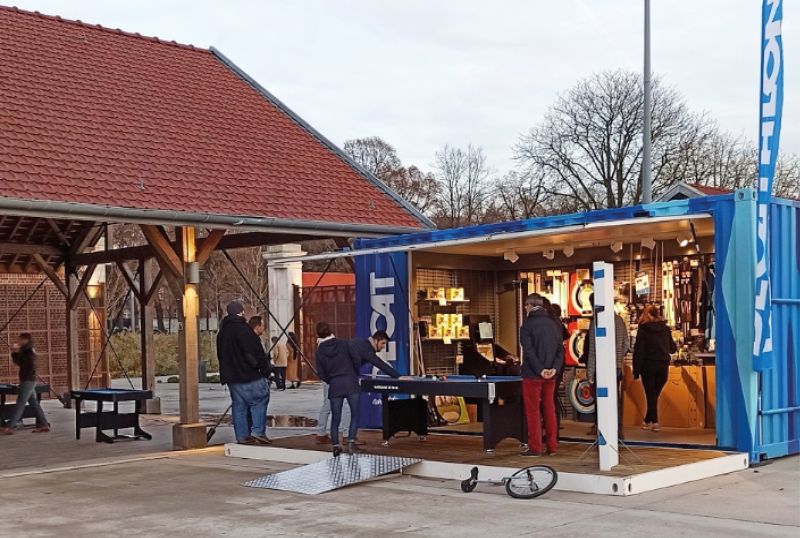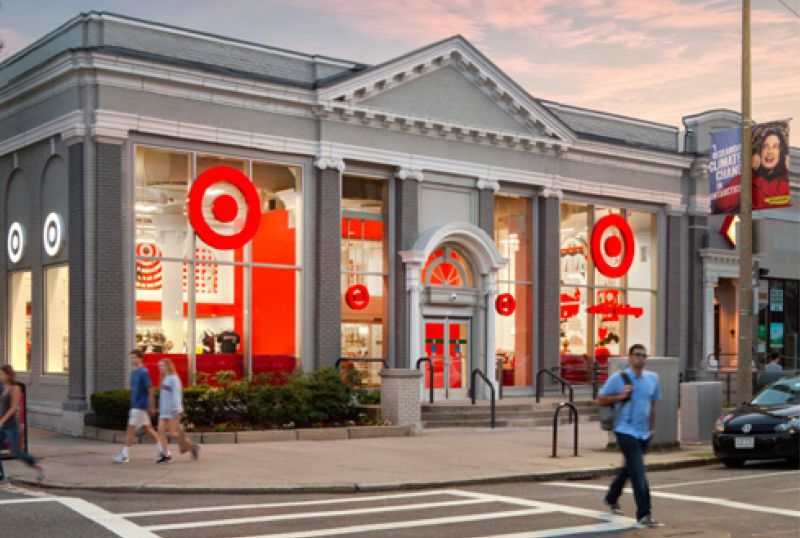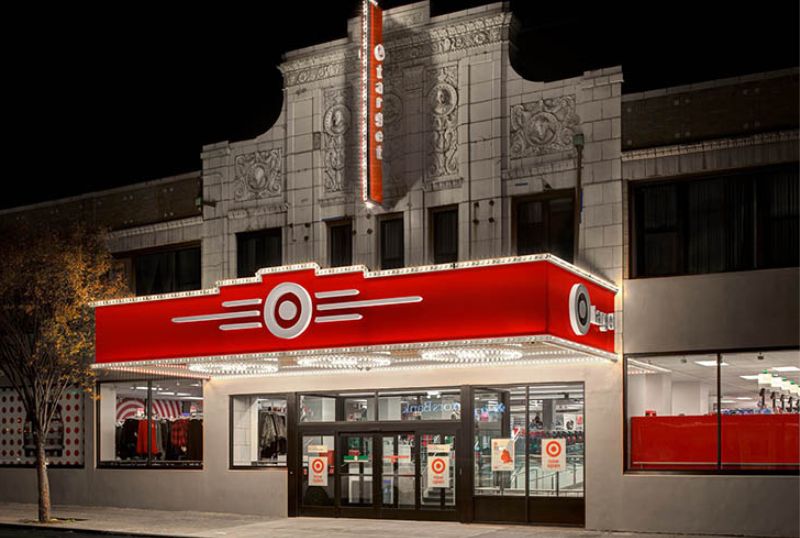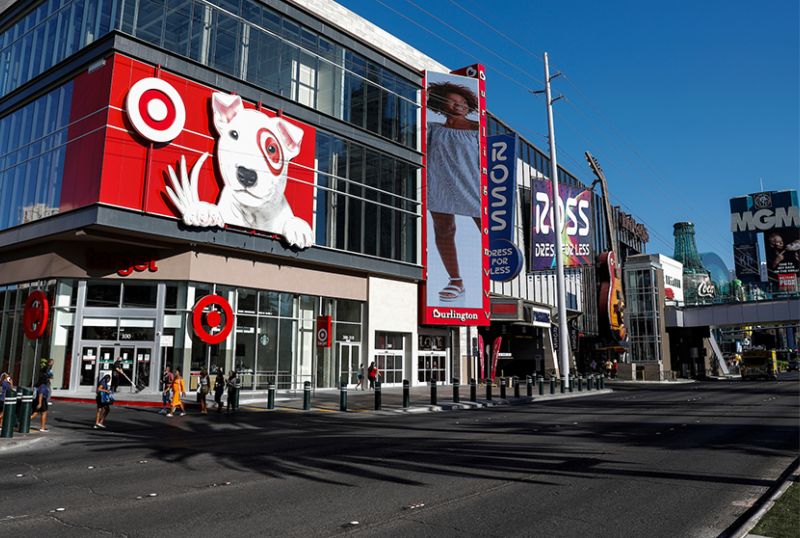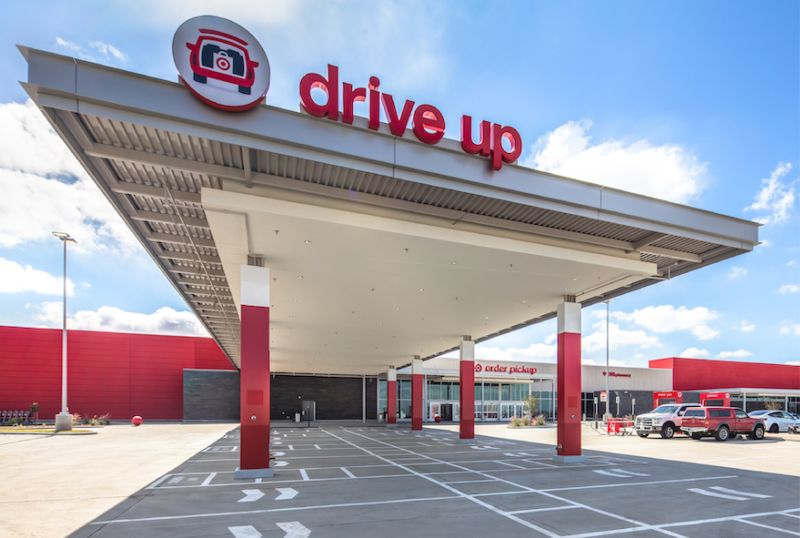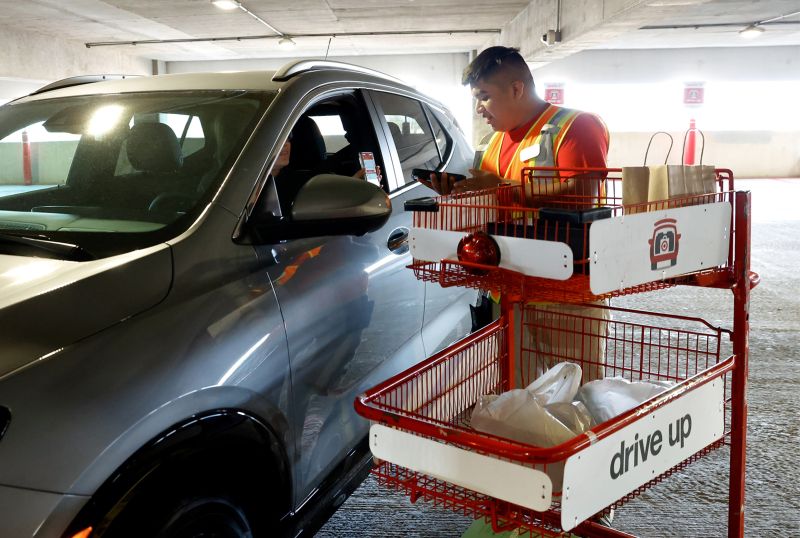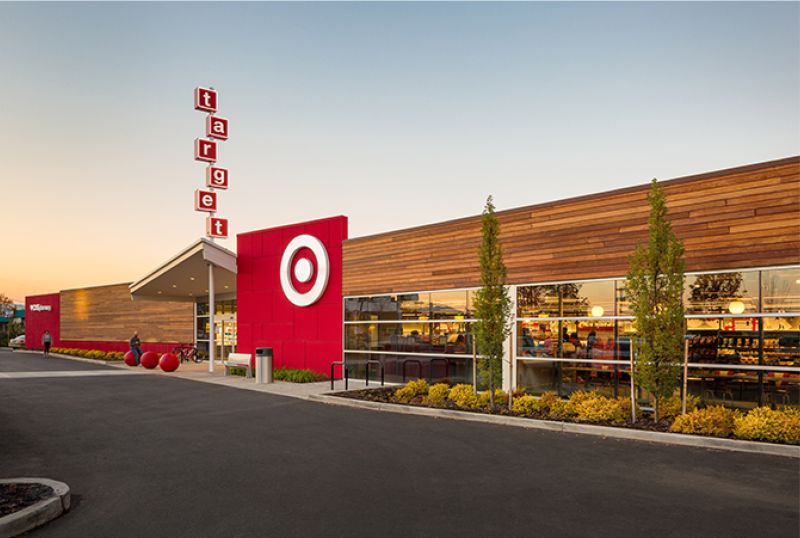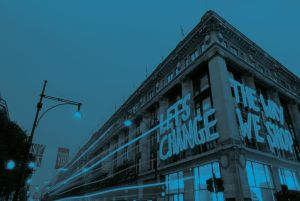The problem with stores? It’s not that we have too many. It’s that too many do the same job.
Physical retail isn’t dying, but drowning in sameness. In 2025, the problem won’t be too many stores—it’ll be too many stores doing the same job. This piece explores why designing for function, not format, is the new imperative, and how the most effective estates work as purposeful portfolios. Success is no longer just about sales per square foot, it’s also about presence, loyalty and adaptability. Because in a world where customers constantly evolve, the best stores do too.
What Is the Role of the Physical Retail Store in 2025?
There is no single answer. The role of the store in 2025 isn’t fixed. It’s not one-size-fits-all, in fact, it’s one-size-fits-no one.
In a world where customers, channels and expectations are in constant motion, static thinking is a liability. Yet we still talk about stores in binary terms: brand theatre or fulfilment hub, experience centre or sales machine. The truth is, our stores need to be all of those things—some of the time.
The key is knowing which store does what, for whom, and when. We’re shifting from standard formats to purposeful functions. From uniformity across the estate to utility tailored to context. The future isn’t about matching stores—it’s about meaningful ones.
Not every store must look the same, but every store must serve a clear purpose. Some drive visibility in high-traffic areas. Others deliver accessibility, conversion, or community connection. Customers stay loyal to brands that show up consistently, not just those with good products. That’s why being physically present matters just as much as what you sell.
A store’s role is shaped by context—demographics, channel mix, competition, data, the neighbourhood pulse... And because that context changes, so must the store.
It’s time to design for adaptability, not permanence.
The biggest trap in retail is creating permanent solutions for fluid realities. Expectations shift. Competitors move in. Tech evolves. The store that makes sense today might need rethinking in 12 months. That’s not a flaw—it’s a feature of a modern retail estate.
We need ecosystems, not monoliths. The future isn’t built on uniformity, it’s shaped by a portfolio of distinct store types—each with clear purpose, each designed to evolve with its context. No one store carries the full weight. Together, they deliver the full brand promise.
We’re rethinking what success means.
It’s the right store in the right place doing the right job. That won’t always mean the highest sales per square foot. Sometimes the return is cultural, emotional, or brand-led. The most valuable stores to the business might not sell the most, but they shift how people see the brand. Not every store can or should do everything. So we ask: What role does this store play in the journey? What experience are we creating? And how will it evolve?
In 2025 and beyond, the most successful retailers won’t have the most stores—but the most intentional ones. It’s not about formats—it’s about futures. And how we adapt, design and align around them. The store isn’t static. And neither is its value.
Rethinking Store Purpose – A Thought Experiment
Customer behaviour, technology and urban life evolve faster than store formats. It’s easy to end up managing what was, instead of designing what could be. To help shift your mindset, consider this exercise. Strip it all back. Forget the legacy estate. Forget leases, formats and sunk costs. Think of your retail estate as if it were a new town under development, with each phase of growth demanding a different kind of presence. Imagine that a new town is being built over the next decade. There’s land and potential, but no high streets, no footfall patterns, no brand presence. You decide what kind of store to create, where to go, when to show up, and why it matters.
Phase One – Arrival Without Infrastructure
The town is just breaking ground. A few new homes. A handful of early movers. Your job is to spark trust and begin the relationship. The store is a flexible-format brand outpost—pop-up, modular or mobile. It sparks curiosity, starts conversations and plants a flag. Its purpose is to create early brand salience. To act as a magnet, not a megaphone. It offers useful, memorable, low-friction experiences. It doesn’t need to sell much—it needs to listen closely and learn fast.
Phase Two – The Town Takes Shape
In years two to four, the town develops its own rhythm. It’s no longer an outpost—it’s a place people move to and build habits around. Roads connect. The school run begins. Routine sets in.
Your role isn’t to shout louder, it’s to matter more. To become part of the weekly rhythm. To be the place people turn to, not just when they need something, but because it’s part of their routine and habits. The original store becomes a service hub, a local fixer helping people get things working. A second opens where footfall flows faster—a retail turbine converting interest into action. A third appears in a leisure zone, focused on experience over utility. Less market stall, more brand theatre.
Each store finds its rhythm. Some fit the weekday dash, others the weekend wander. The best do both—useful and memorable by design. Not everyone needs the red carpet—but someone does. So you design for that. Not to exclude, but to serve better. When people feel seen, they stay. You’re no longer a novelty. You’re part of the neighbourhood.
Phase Three – A Thriving, Competitive Ecosystem
By years five to ten, the town is thriving. Pavements are busy. Other brands have moved in. Customers have generally made their choices. Your brand is familiar. Recognised. Maybe even liked. However, that’s not the same as being chosen again and again. By now, the goal isn’t to be noticed—it’s to be missed when absent. Now the estate behaves less like a chain and more like an orchestra. Each store plays a role and together they create something greater than the sum of their fixtures.
The Flagship is your lead violin, bold and expressive. The Service Hub keeps time. The Community Microstore hums in the background, local and habitual. The Dark Store works backstage—fast, efficient and quietly brilliant.
At this stage, you’re not chasing eyeballs—you’re holding hearts. Loyalty isn’t bought with points but earned through presence, usefulness and small moments of delight. Retail and digital move in sync. The store drives the app and the app drives the store—a loop, not a tug of war. Through it all, your role is simple. Be the constant in a customer’s changing world. Reliable but never predictable. Known but never stale. Always there—until it would be unthinkable not to be.
Designing for Evolution Not Erosion
Store purpose isn’t fixed. It’s shaped by context. Like a smart city, your estate should listen, learn and adapt. Not follow rigid blueprints, but respond to how people live, move and change. What works in year one won’t work in year ten. That’s not poor planning—it means your system is alive.
Too often, stores are built for launch day and then left to stand the test of time. Trapped in a world that’s already moved on. This approach asks something different. Design for motion, not just for the moment. Think of your estate as a living ecosystem. It sees physical space not as a billboard, but as a strategic lever. It builds a purposeful portfolio that evolves with the people it serves.
Rethink the Estate – Executive Strategy Questions
Bring your leadership team together and pressure-test your estate strategy. Start here:
- If we were launching in a new market today, which store format would we lead with—and why?
- Which stores in our estate are actively building the brand—and which are quietly eroding it?
- Where are we overspending on presence, but underdelivering on purpose?
- Which formats are still fit for function—and which are surviving on sunk cost?
- Where are we designing for today—and where are we frozen in the assumptions of five years ago?
This is not a post-mortem. It’s a readiness check. The goal is not more formats—it’s more future-ready roles.
The Hidden Risk of Standing Still
In a fast-moving market, standing still means falling behind. Brands that cling to fixed formats risk irrelevance—not because the product is wrong, but because the store no longer aligns with how people live, shop or expect to be served.
The impact is real. Underperformance rises. Costs climb. Customer experience falters. Brand perception fragments. Static estates can’t flex, support new models, or integrate emerging tech. And when change finally comes, the cost—financial and cultural—is far higher. Inaction breeds fragility.
Ready to design stores that evolve with your customer?
We help retail leaders build adaptive estates—intentional formats designed for relevance, speed, and long-term value. Let’s shape your next move.
